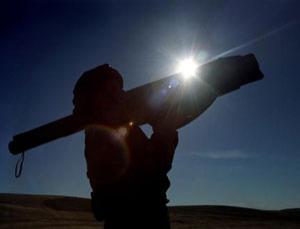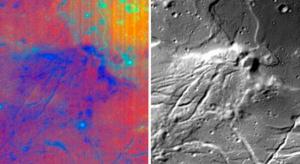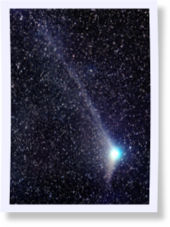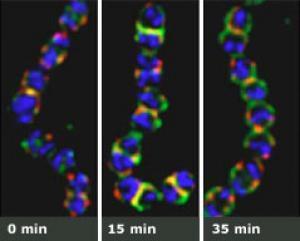
The developers of these technologies say that they will help to ensure that modern warfare is as efficient and humane as possible. Their critics say the weapons are just the latest in a long line of lethal inventions that have increased man's brutality to man - successors to the Maxim automatic machine gun, the flame thrower, and mustard gas. Whichever view you take, they introduce new ethical and practical questions.
In this review, we have gathered the 10 most important stories that New Scientist published on this subject this year, so you can make up your own mind.
Airborne Laser lets rip on first target
Laser dogfights in the sky may not be such a long way off, after a megawatt laser weapon was fired from an aircraft for the first time. The plan is to target "rogue" missiles - but it could also be used against other planes or targets on the ground.
US boasts of laser weapon's 'plausible deniability'






